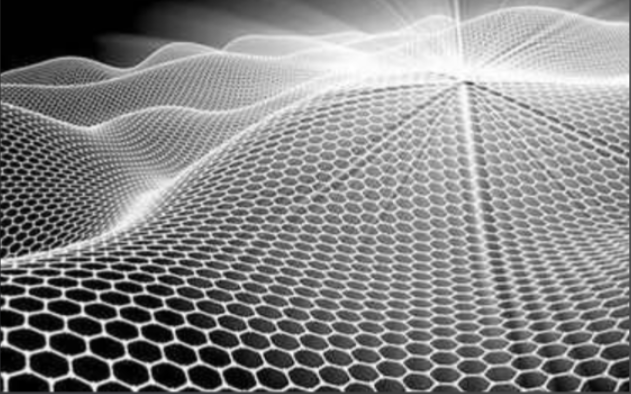Graphene in Energy Harvesting Devices: Turning Ambient Power into Usable Energy
As our world becomes increasingly mobile and interconnected, the demand for self-powered electronics and sustainable energy solutions continues to grow. From wearable devices to remote sensors and smart cities, many systems operate in environments where conventional batteries are impractical or unsustainable. Graphene, with its exceptional electrical, mechanical, and thermal properties, is emerging as a game-changer in the field of energy harvesting—capturing ambient energy from the environment and converting it into electricity.

What Is Energy Harvesting?
Energy harvesting refers to the process of collecting small amounts of energy from external sources—such as light, heat, vibration, or radiofrequency (RF) waves—and converting it into electrical energy. These sources are generally wasted or unused in traditional systems.
Main types of ambient energy include:
-
Mechanical (vibration, movement)
-
Thermal (heat differentials)
-
Solar (light)
-
Electromagnetic (RF waves)
Why Graphene Is Ideal for Energy Harvesting
Graphene offers an unmatched combination of features that make it ideal for harvesting ambient energy:
-
Ultra-high electrical conductivity
-
Atomic thickness for mechanical flexibility
-
High surface-to-volume ratio
-
Excellent thermal and optical properties
These traits allow graphene to be used in a wide range of harvesting systems—from triboelectric nanogenerators to thermoelectric films.
Key Graphene-Based Energy Harvesting Technologies
1. Triboelectric Nanogenerators (TENGs)
TENGs generate electricity from friction and mechanical motion. When layered with graphene or graphene oxide, the output efficiency increases significantly. These devices are used in wearables, touch sensors, and even clothing.
2. Piezoelectric Devices
While graphene is not inherently piezoelectric, functionalized or doped graphene can exhibit piezoelectric-like behavior. Hybrid composites using graphene enhance the mechanical strength and energy output of such devices, which are useful in biomedical implants and structural health monitors.
3. Thermoelectric Generators
Graphene’s high thermal conductivity and ability to form heterojunctions make it suitable for capturing energy from temperature gradients, especially in industrial waste heat recovery and IoT sensors.
4. Photovoltaic Cells (Solar Harvesting)
Graphene is used as a transparent electrode or charge transport layer in solar cells to increase conversion efficiency and reduce degradation, especially in flexible and wearable solar panels.
Use Cases and Industry Applications
-
Self-powered wearables and smart textiles
-
Wireless sensors for smart agriculture and smart homes
-
Medical implants that harvest power from body motion
-
Environmental monitoring devices in remote locations
Challenges and Research Focus
-
Integration into large-scale manufacturing
-
Balancing conductivity with flexibility
-
Hybrid material optimization for higher output
Research is ongoing in combining graphene with other nanomaterials like MoS₂, carbon nanotubes, and polymers to maximize energy conversion.
Future Outlook
With the rise of the Internet of Things (IoT) and increasing demand for battery-less electronics, graphene’s role in energy harvesting is likely to expand rapidly. Next-generation systems may combine graphene with artificial intelligence to create autonomous self-powered systems.
Graphene is powering a new frontier in energy harvesting technologies. From self-powered wearables to maintenance-free sensors, its unique properties are helping us tap into unused energy all around us—making our world not only smarter but also more sustainable.
-
Relvant website: https://gr-newenergy.com

